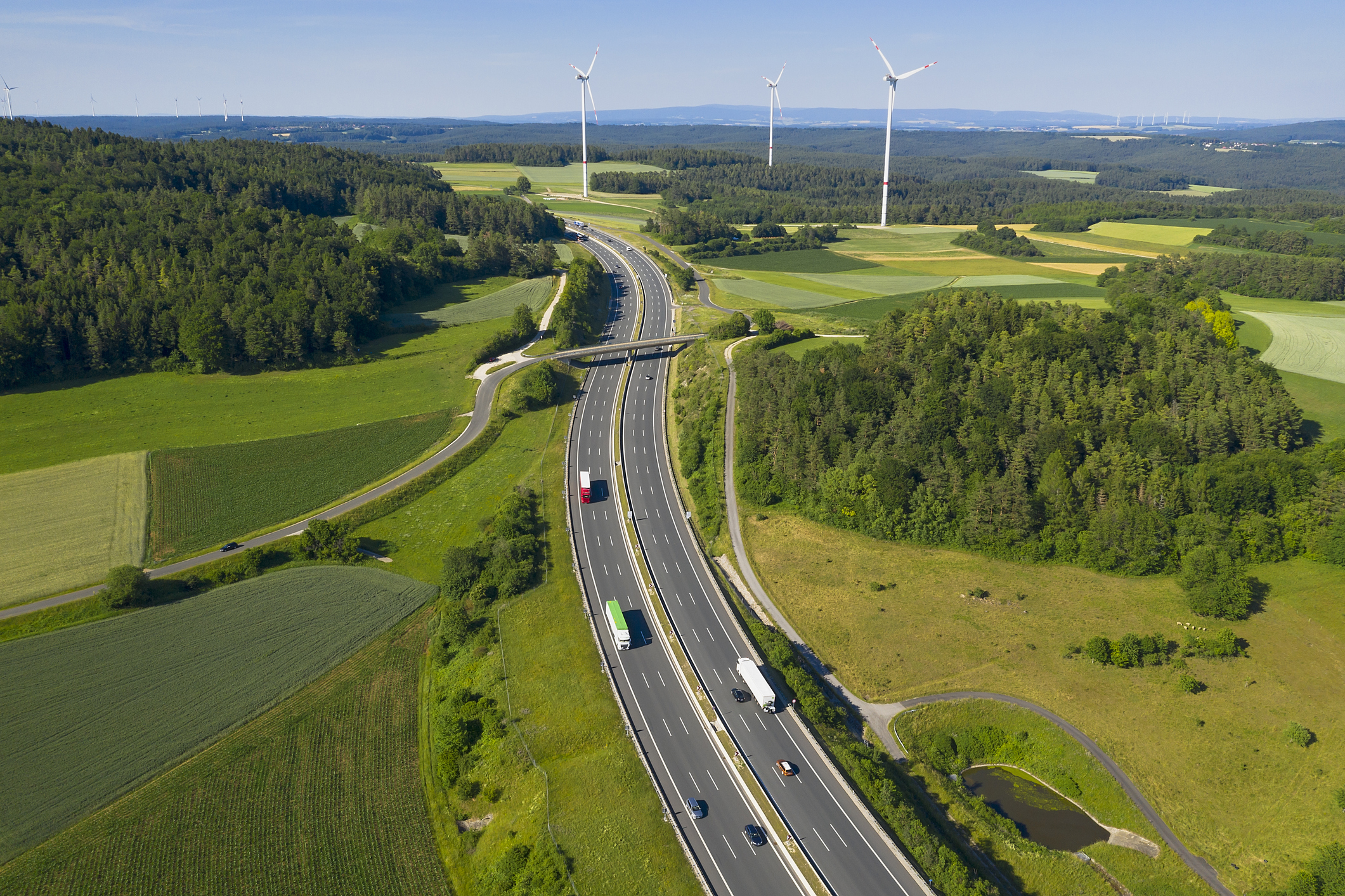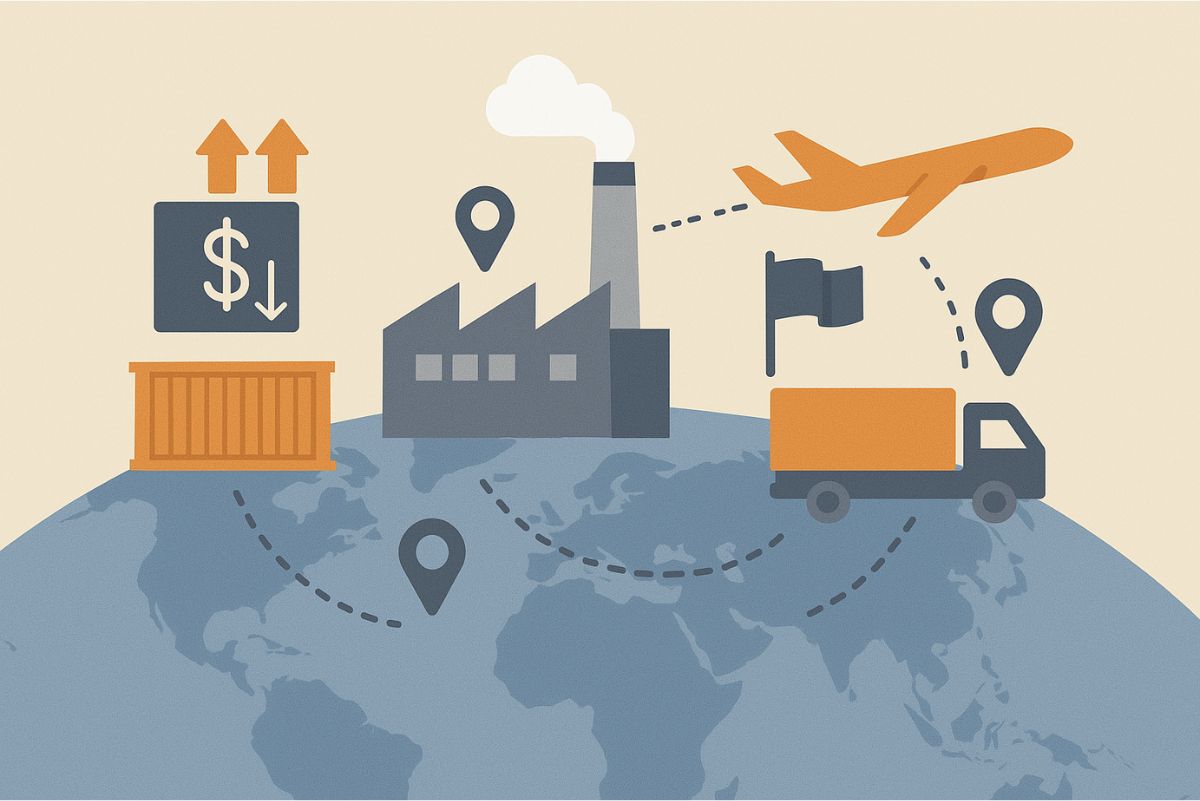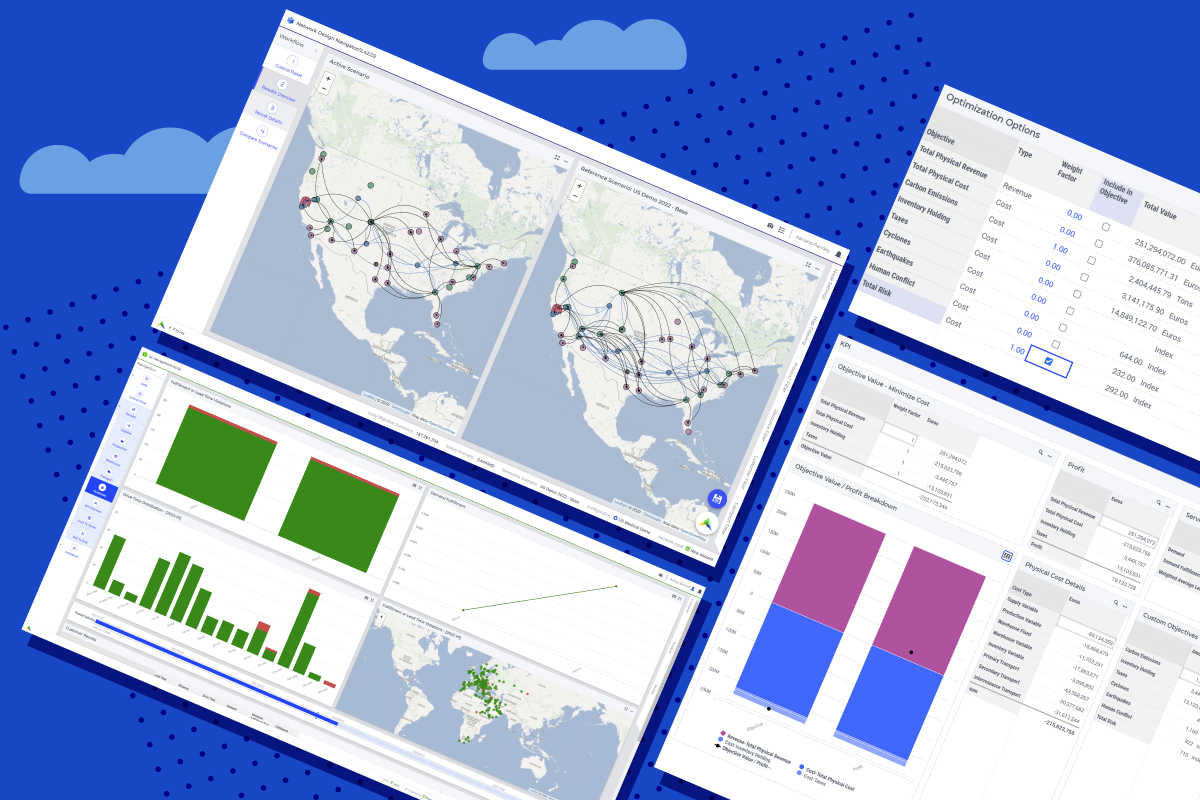Model Sustainability Trade-offs in Supply Chain Network Design to Reduce Emissions
After a tumultuous 2020, supply chains are once again under scrutiny following COP 26. The outcome of the global climate change conference was the Glasgow Climate Pact, which set the stage for a global emissions trading scheme. This agreement also puts CO2 reduction pledges in the spotlight and public pressure is paving the way for new regulations.
The introduction of the Corporate Sustainability Reporting Directive in Europe means that companies will need to report on their emissions and set targets to reduce them. How can they do that in an informed way, accounting for complex cost and service trade-offs?
AIMMS SC Navigator provides functionality that helps supply chain teams model carbon emissions and other non-financial metrics like water consumption and carbon equivalents, among others. Let’s explore how this modeling capability can help you make more conscious choices and drive better, long-term sustainability outcomes.
Considering sustainability trade-offs in supply chain network design
In the last few years, the percentage of large global companies with net zero targets rose from 20% to 33%. 52% of respondents in Gartner’s 2020 Sustainability Survey say sustainability is on their strategic agenda; 92% say sustainability spending is increasing. Supply chains are a big contributor to an organization’s carbon footprint. So, it’s not surprising that teams are looking to model and optimize supply chains that contribute to carbon emissions.
There is also an opportunity to redesign the supply chain and take a stewardship role in the transition to net zero. To facilitate this transition, supply chain teams need to work closely with their counterparts across the company, most notably sustainability and CSR. Having the right data and insights at hand can be very helpful to steer new conversations around this topic.
What kind of scenarios should you be discussing? Here are some examples:
1. Shift production to lower carbon locations
One of the many things you can model is the impact of your production locations on carbon emissions. Some companies are already shifting production closer to home to build resilience against disruptions. Others are near-shoring to lower their carbon footprint. But shifting production to Europe or the US, for instance, results in higher costs. Scenario modeling can help you evaluate the cost to sustainability trade-off and make an informed decision.
2. Relocate DCs to drive fewer miles
Similarly, you can model your distribution center locations and the impact they have on your carbon footprint. For example, you may find that relocating some of your warehouses closer to customers may result in lower mileage and therefore a lower carbon footprint.
3. Change your energy mix from gas-powered to electric-powered
You can also model your power consumption and its impact on carbon emissions. With this data at hand, you can assess whether transforming your fleet into electric-powered vehicles can help you improve your footprint at a reasonable cost. Likewise, you can assess whether the energy source for your locations can be more sustainable in the long term.
4. Prioritize high-performance products with an eye on sustainability
Lastly, another scenario might be evaluating the carbon footprint of your specific products. Do you have slow-moving products that pollute more than fast-moving ones? Should you phase out high-emission products and focus on more innovative, sustainable ones? All these questions you can address with scenario modeling.
See how you can model non-financial objectives in AIMMS SC Navigator
Watch the video below to see how you can optimize your network to minimize carbon emissions. To learn more about SC Navigator schedule a demo with our experts.





